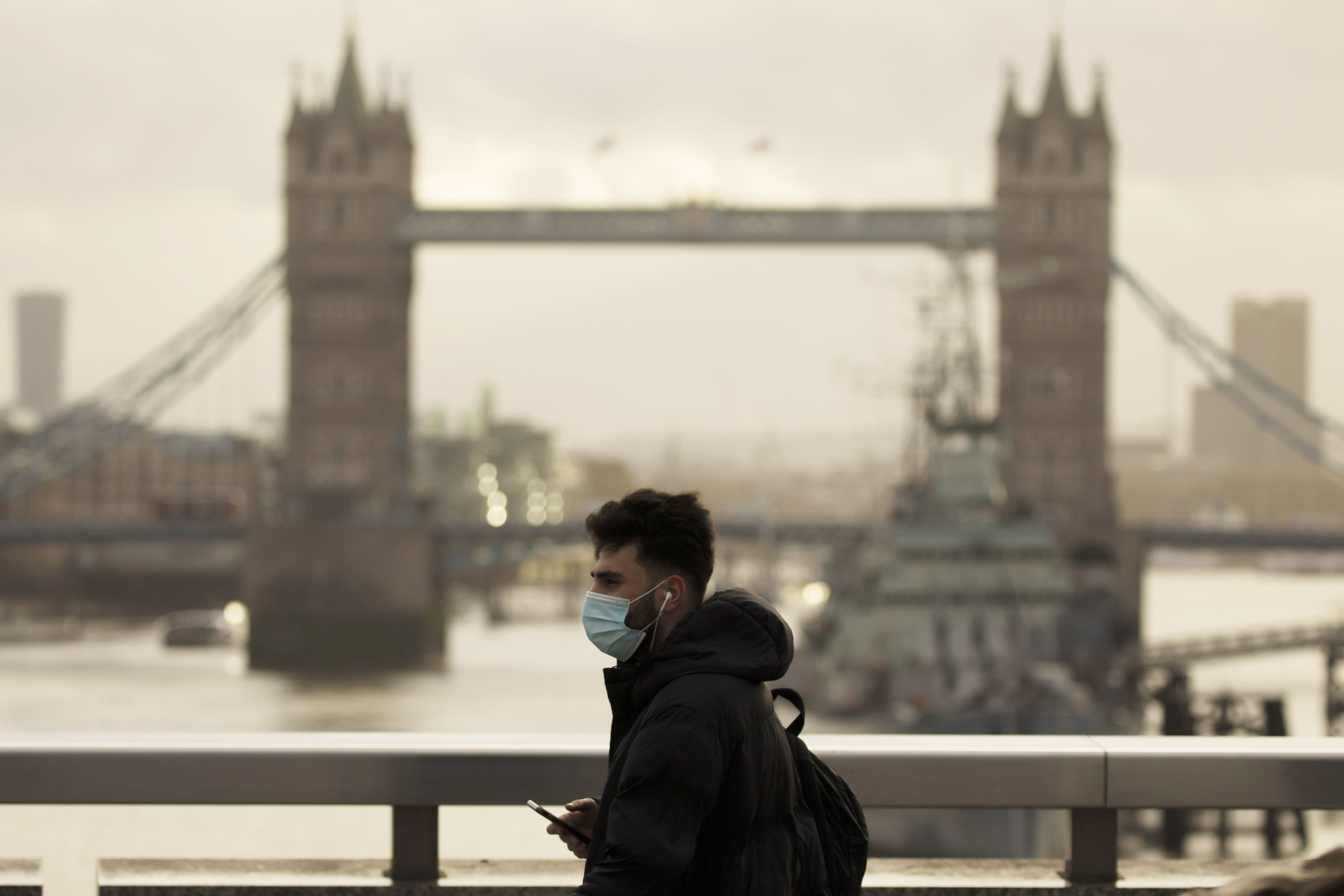
LONDON — The U.K. has announced its largest peacetime borrowing level ever as the coronavirus pandemic is forecast to cause the largest plunge in economic output for 300 years.
The British economy is forecast to contract by 11.3% in 2020, according to the Office for Budget Responsibility (OBR), before growing by 5.5% in 2021, 6.6% in 2022 and 2.3%, 1.7% and 1.8% in each of the following years.
GDP (gross domestic product) is not expected to return to pre-crisis levels until the fourth quarter of 2022, and the economy will be around 3% smaller in 2025 than expected in the government’s March budget.
The OBR also forecast that borrowing is set to reach a total of £394 billion this year ($526 billion), 19% of GDP, its highest level in peacetime history, before falling to £164 billion in 2021, £105 billion in 2022/3 and remaining at around £100 billion, 4% of GDP, for the remainder of the forecast period.
Underlying debt after removing the temporary impact of the Bank of England’s asset purchase program is forecast to be 91% of GDP this year, rising steadily to 97.5% in 2025/6.
In his budget statement Wednesday, British Finance Minister Rishi Sunak announced £280 billion in public spending to guide the country through the aftermath of the pandemic.
Next year, this will include £18 billion for testing, PPE and vaccines, £3 billion to support the recovery of the National Health Service (NHS), £2 billion on transport, £3 billion to local councils and £250 million to address homelessness. A further £2.6 billion will be given to devolved administrations in Scotland, Wales and Northern Ireland as part of the £55 billion expenditure in 2021.
“High as these costs are, the costs of inaction would have been far higher, but this situation is clearly unsustainable over the medium term,” Sunak told the House of Commons on Wednesday.
“We could only act in the way we have because we came into this crisis with strong public finances, and we have the responsibility, once the economy recovers, to return to a sustainable fiscal position.”
Ahead of the release, Prime Minister Boris Johnson’s spokesman had told reporters that the OBR forecasts would be “sobering” but that “costs would have been much higher” had the government not taken its chosen course of action to combat the pandemic.
As of Wednesday morning, the U.K. has recorded more than 1.5 million cases of Covid-19 and 55,935 deaths, according to data compiled by Johns Hopkins University. England is currently in lockdown until December 2 in a bid to halt a second wave of infections, after which a nationwide tiering system will be reintroduced.
Preliminary figures from the Office for National Statistics (ONS) earlier this month showed the U.K. economy grew by 15.5% in the third quarter, its sharpest quarterly expansion since records began, following a record 19.8% plunge in the previous quarter.
However, activity is expected to take another hit in the run up to year-end. GDP (gross domestic product) remains 9.7% below the level seen at the end of 2019, according to the ONS.
In an effort to avoid a sudden spike in unemployment, the government has already announced the extension of its furlough scheme until the end of March.
Sunak championed the government’s economic response in his statement, highlighting that the scheme had “protected jobs, supported incomes and helped businesses stay afloat.”
However, the OBR has projected that unemployment will rise to a peak of 7.5%, or 2.6 million people, in the second quarter of 2021, before falling steadily to 4.4% by the end of 2024.
Sunak announced a further £3 billion on Wednesday for the Department for Work and Pensions (DWP) to deliver a “three-year restart program” aimed at helping more than 1 million people who have been unemployed for over a year back into work.




